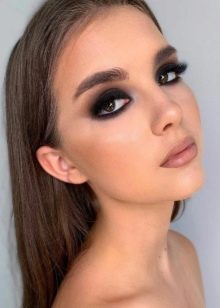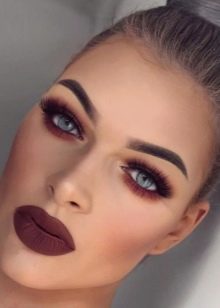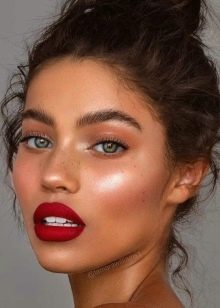The history of the emergence and development of makeup
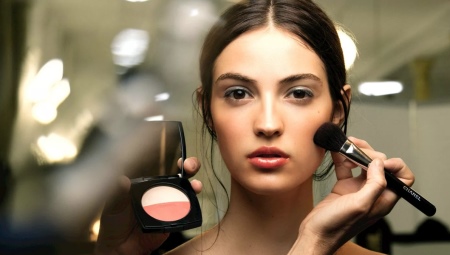
Girls and women have always strived to look beautiful and bright. This gave them confidence and helped to attract the attention of men. Therefore, it is not surprising that the first cosmetic products appeared several millennia ago.
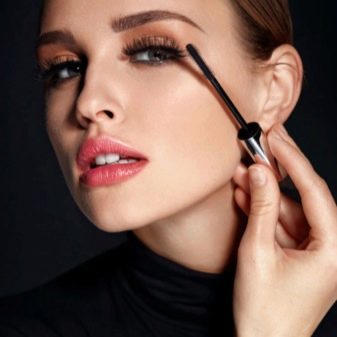
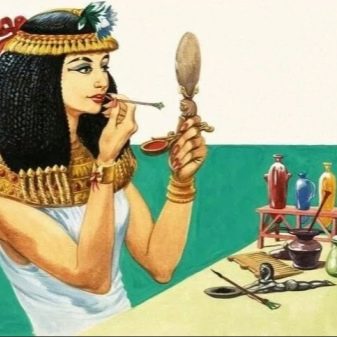
The origins of
The history of makeup is very rich and interesting. Basic self-care products have always existed in one form or another. In ancient Egypt, only a few members of the upper class could afford to use cosmetics.
It was the Egyptians who learned how to prepare a product that resembles modern powder. The powder they created helped to make the skin more matte, as well as hide wounds and rashes on the skin.
Blush and lipstick at that time were made from red clay. Shadows - from crushed malachite, lapis glaze powder or a mixture of antimony with lead ore. Eye dyes not only helped to make the look more expressive, but also repelled insects.
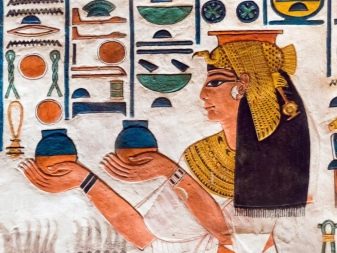
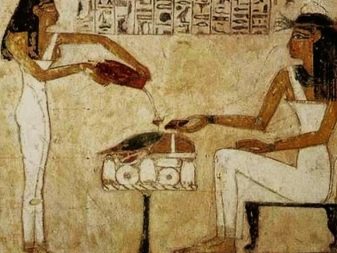
Egyptians also actively used dark soot powder for eyeliner. Their makeup was very bright and rich. From Egypt, the first cosmetic products came first to Ancient Greece, and then to Rome.
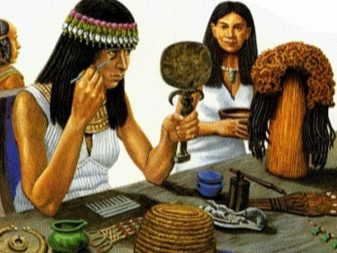
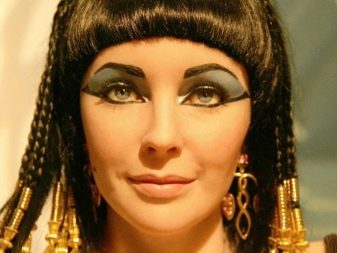
The Greeks did not immediately appreciate all the charms of makeup. Initially, only courtesans used cosmetics in Greece. But over time, ordinary Greek women began to use the first cosmetics. It was they who began to paint the eyelashes with black soot mixed with egg white. This prototype of modern mascara quickly gained popularity among girls.
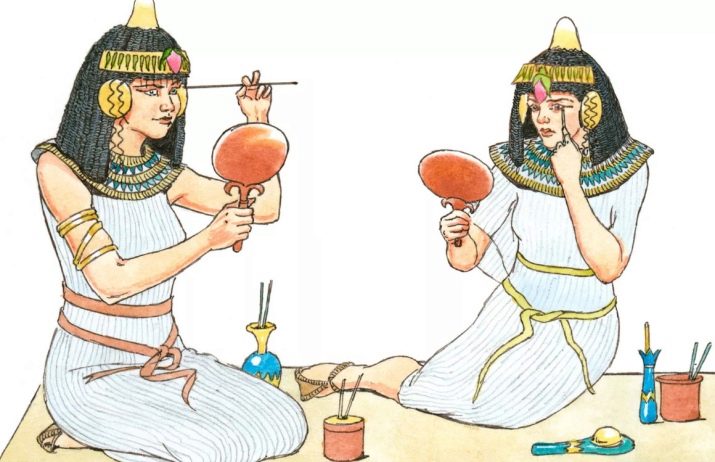
Light white was also invented in Greece. They were made on the basis of lead. It was such whitewash that was used to give the skin a noble pallor until the 19th century. This "powder" helped to hide traces of skin diseases and fatigue.But over time, this product did a lot of harm to the skin. Various aromatic compositions were also popular among women. Oils and perfumes were usually kept in small hand-decorated vessels. These bottles were often valued much more than their contents.
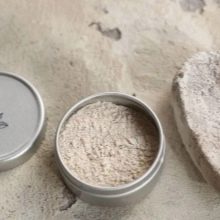
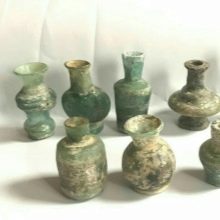
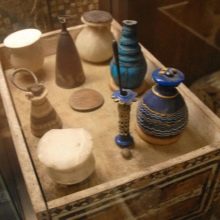
In ancient Rome, cosmetics were also very popular. Wealthy city dwellers spent huge sums of money to buy aromatic oils, whitewash, blush and lipstick. Specially trained slaves helped them to paint and dress beautifully.
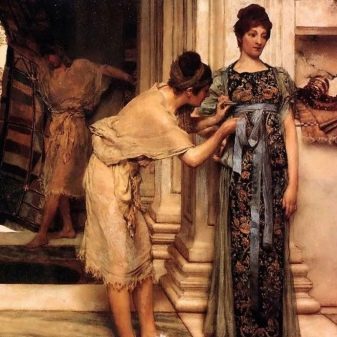
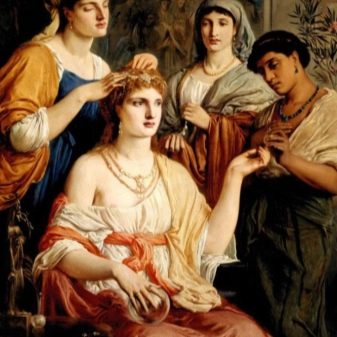
From ancient times, oriental women were painted very brightly. They applied a thick layer of blush to the skin. The beauty's lips were painted gold, and her eyes were painted with antimony. They created such vivid images to attract men.
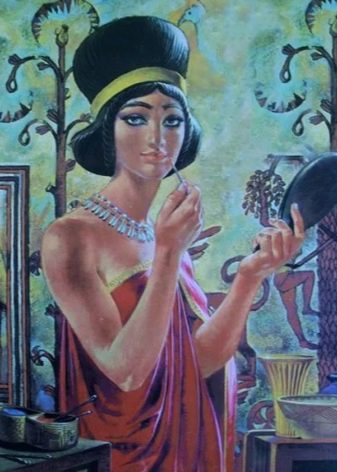
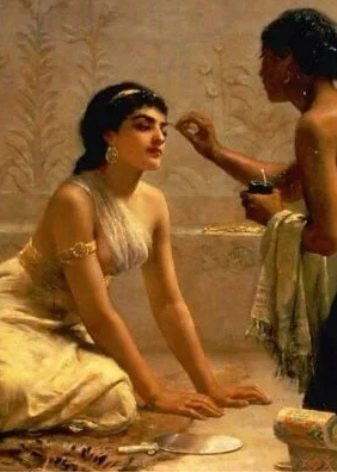
Development
During the Middle Ages, women used a minimal amount of cosmetics. This was due to the fact that the church strictly prohibited the use of cosmetics. All the girls could afford was a small amount of white, powder or blush.
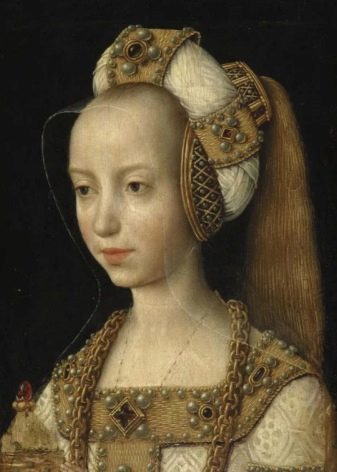
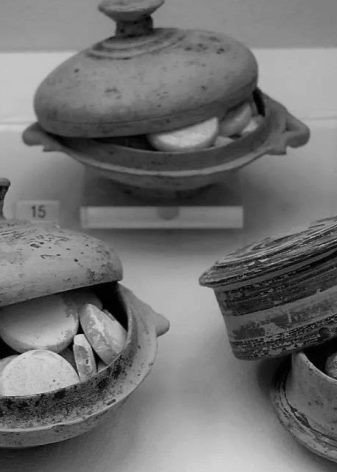
At the same time, perfumes gained immense popularity in Europe. They were used by both men and women. Members of the upper class during this time also often instilled a tincture of belladonna into their eyes. She helped dilate the pupils and give the look a sparkle. Unfortunately, constant use of such a product has resulted in loss of vision. Therefore, over time, it was abandoned.

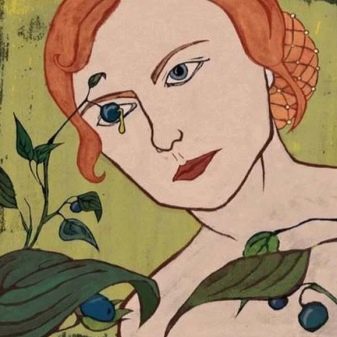
Only actresses or courtesans could wear bright makeup during the Middle Ages. The image of the Virgin Mary was a peculiar ideal of beauty for pious ladies. She was usually portrayed as very pale. Therefore, young girls tried with all their might to lighten their skin.

During the Renaissance, Venice was considered the world center of fashion. All women tried to look like Venetian aristocrats. They covered the skin with a thick layer of white.
At that time, the special “Venetian whitewash” gained popularity. They differed in that they contained more lead.
White very quickly made the skin wrinkled and gray-yellow. But the women paid no attention to it. They continued to mask their shortcomings with white lead.
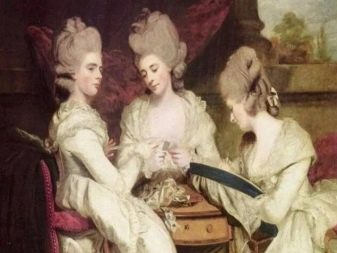
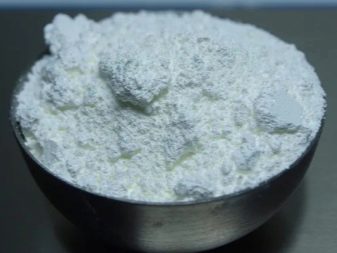
In addition to them, during the Renaissance, special mixtures with mercury, arsenic and musk were used. It was believed to help get rid of age spots and freckles and even out skin tone. Therefore, women of all ages used it.
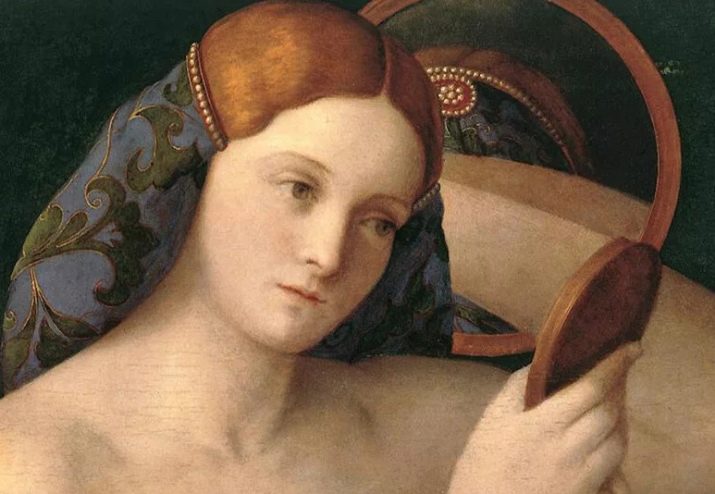
In the 17th century, bright theatrical makeup was popular. Aristocrats at that time looked like real dolls. They applied several layers of white to the skin. The lips were highlighted with bright lipstick, and the cheeks were tinted with blush.
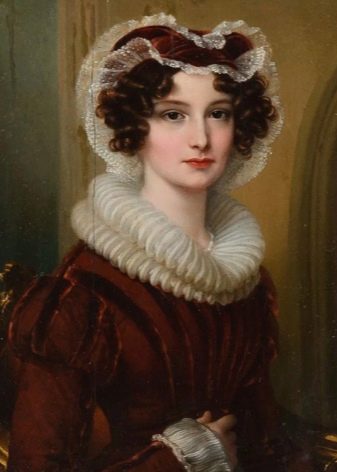
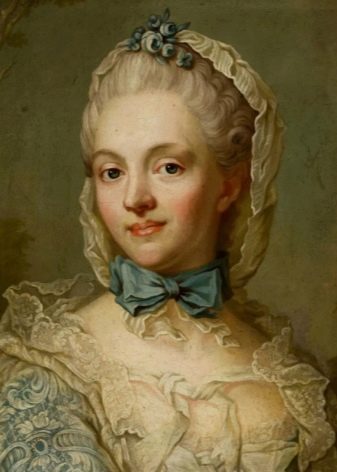
The mass production of decorative cosmetics became only in the 18th century. To draw the attention of ordinary girls to cosmetics, they were actively advertised in newspapers. Women at that time were painted very brightly.
On the skin, they, as before, applied white. Eyebrows and eyelashes were painted with black paint, and lips - with scarlet lipstick.
It is worth mentioning separately that many painted blue veins on their temples. The light blue of the skin was considered a sign of noble birth.
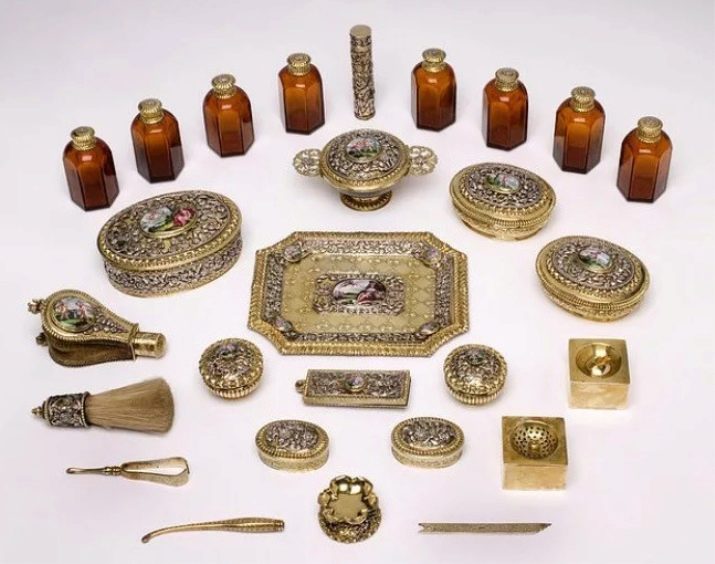
In Russia, cosmetics became popular only in the 19th century. The aristocrats began to actively whiten their faces and blush cheeks. The lips were painted with bright lipstick, and the eyebrows were emphasized with black paint. To reduce the harm to their skin, lovers of bright cosmetics began to use special lotions before applying makeup, as well as rinse off the whitewash and blush before going to bed. If there were too many cosmetics on the face, they were removed with a brush or a special non-sharp knife.
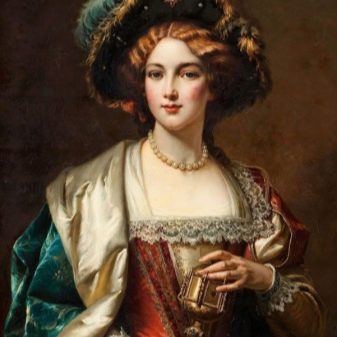
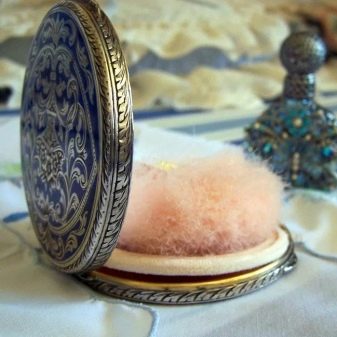
Ordinary women used safer means to create their images. They replaced whitewash with flour, tinted eyebrows with black coals, and cheeks with beet juice.
Therefore, they often looked even healthier than noblewomen.
At the end of the 19th century, large cosmetic factories began to open in Russia, producing high-quality cosmetics and perfumes. Their appearance has led to a wider distribution of such products.
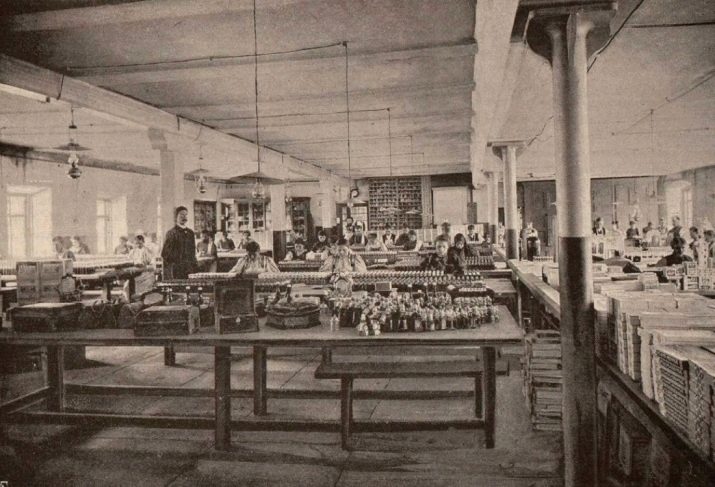
At the same time, cosmetics began to be actively used in other countries. The first modern cosmetic products appeared in America at the beginning of the 20th century. Manufacturers of American companies began to produce powder, blush and foundation. In the twentieth century, women completely stopped using white. But they were replaced by cosmetics with radium. This element was discovered in 1898 by Pierre and Marie Curie. Initially, no one knew about the harm this product causes to health. Therefore, it was added to powders, lipsticks and even water. In the middle of the 20th century, radium-containing cosmetics were banned.

In the early years of the twentieth century, the theory of color types began to gain popularity. Women tried not only to make up, but to choose for themselves makeup that best suits the features of their appearance. In the 20s of the twentieth century, the fashion for unnatural pallor finally began to fade away. At this time, they began to use foundation and powder not to change the color of their face, but to correct minor imperfections.
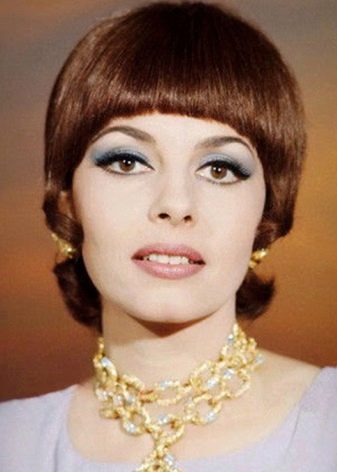
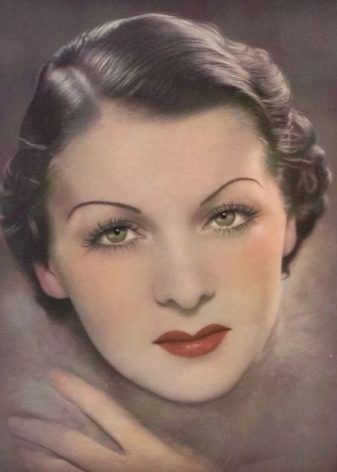
In every decade of the twentieth century, beauty standards have changed.
- Twenties. In the post-war years, women tried to add bright colors to their lives. At this time, dark shadows and red lipsticks were popular. The girls strove to create the image of the femme fatale.

- Thirties. Over time, the makeup has become more discreet. In the thirties, thin curved eyebrows came into vogue. They were popular among both actresses and ordinary girls. Women of fashion usually shaved their eyebrows off, and then drew dark arcs over their eyes with a pencil. At this time, they also began to use more different colors of shadows.
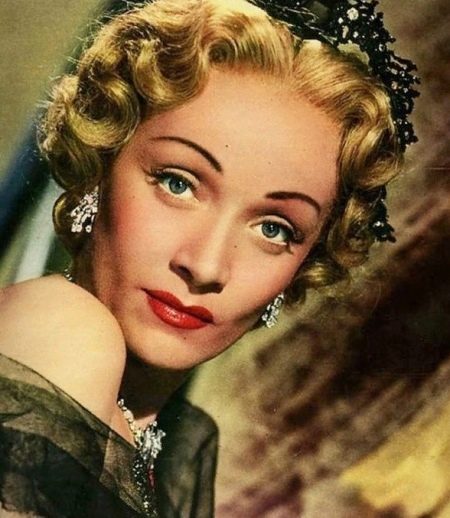
- Forties. During the Second World War, women strove to look especially beautiful. It was believed that it was the attractive women who inspired the military and also helped them maintain a fighting spirit. At this time, bright blush began to enjoy popularity. The woman's lips painted with red lipstick were smeared with a thin layer of petroleum jelly. This helped make them look plump.
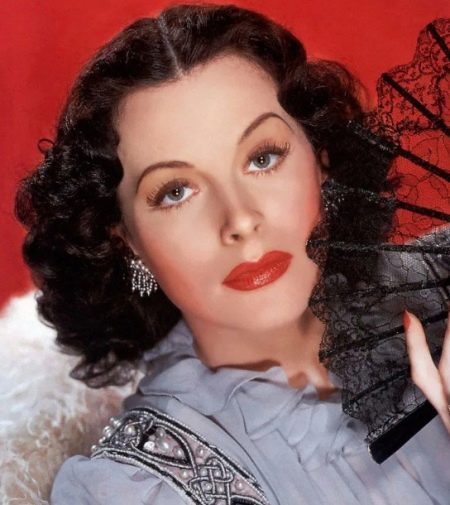
- Fifties. In the middle of the twentieth century, women tried to make their image as feminine and sexy as possible. They dyed their eyelashes heavily, glued artificial "flies" over their lips and used lipstick in different shades of red. At this time, fashion magazines began to be published in large quantities. They helped popularize decorative cosmetics and increase sales.
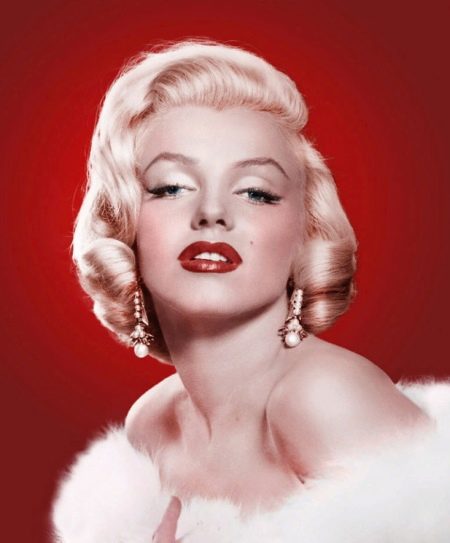
- Sixties. Over time, female images have become more natural. In the 1960s, women tried to make their complexions light and their lips pale. The emphasis was on the eyes. Among young girls, dark shadows, eyeliners and false eyelashes were popular. At this time, waterproof mascara began to be massively used.
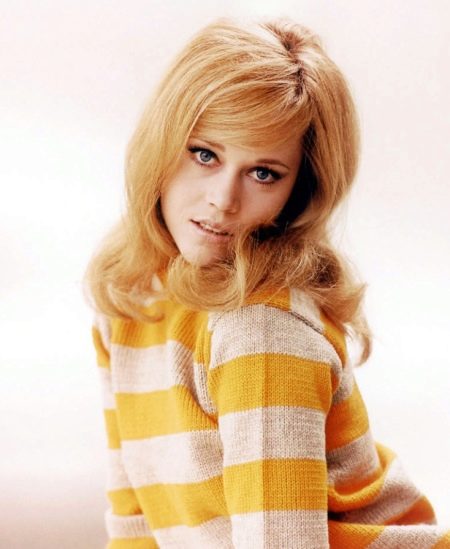
- Seventies. In the 1970s, many girls strove to look bright and unusual. Long colored arrows were drawn in front of our eyes. The lips were highlighted with bright lipstick. At this time, everyone could afford to look the way she wants.
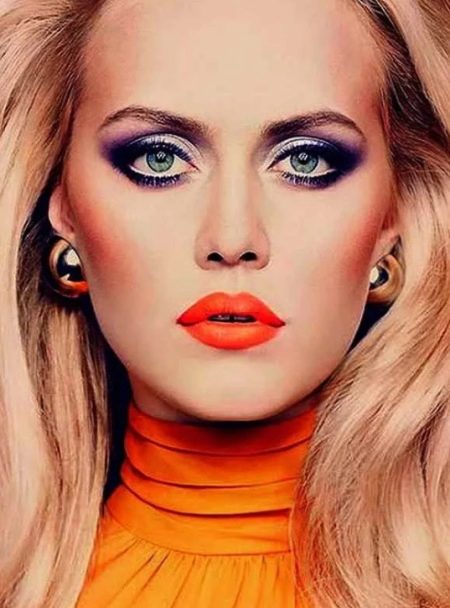
- Eighties. In the 1980s, the promotion of a healthy lifestyle began. Women began to pay more attention to skin care. A natural and fresh complexion was in fashion. The eyes and lips, on the other hand, were highlighted with bright colors. Disco style looks were popular. The girls actively used bright shadows and lipsticks of unusual shades.
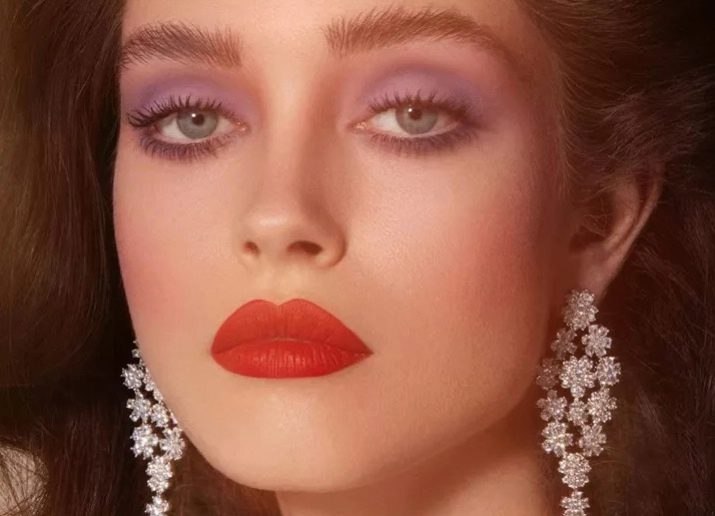
By the end of the twentieth century, cosmetics have become more high quality and natural. Plus, it's finally made available to the public.
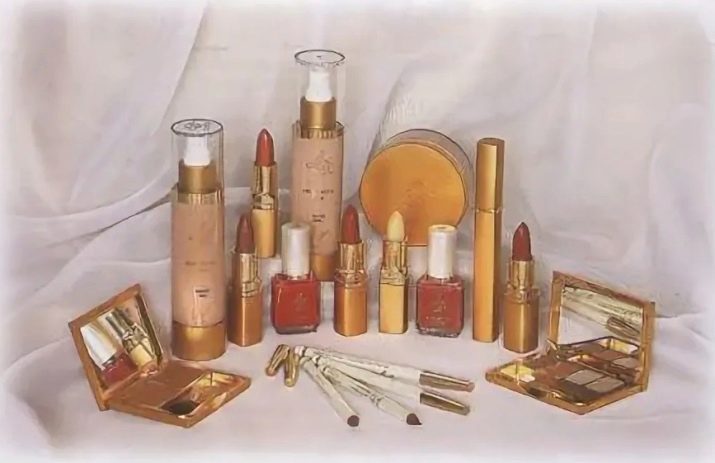
Makeup in the modern world
Modern makeup gives every woman the opportunity to create a bright and unique look. Since the 90s of the twentieth century, naturalness has come into fashion.
In everyday life, girls use the minimum amount of cosmetics. Evening and festive make-up is made brighter.
There are a lot of opportunities for creating original and effective images now. Almost everyone can buy good cosmetics for themselves.
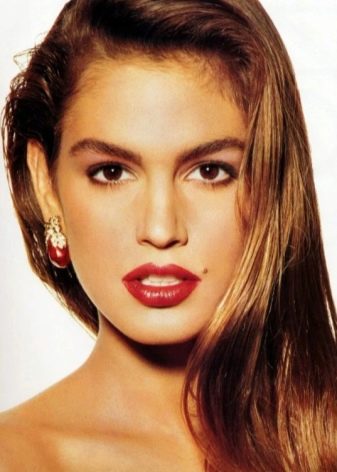
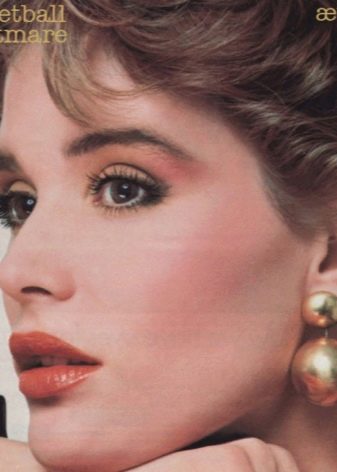
It is also worth noting that in the 21st century, trends change very quickly. Tracking them is often difficult. Therefore, the best way to look attractive and stylish is to focus on the features of your appearance.
